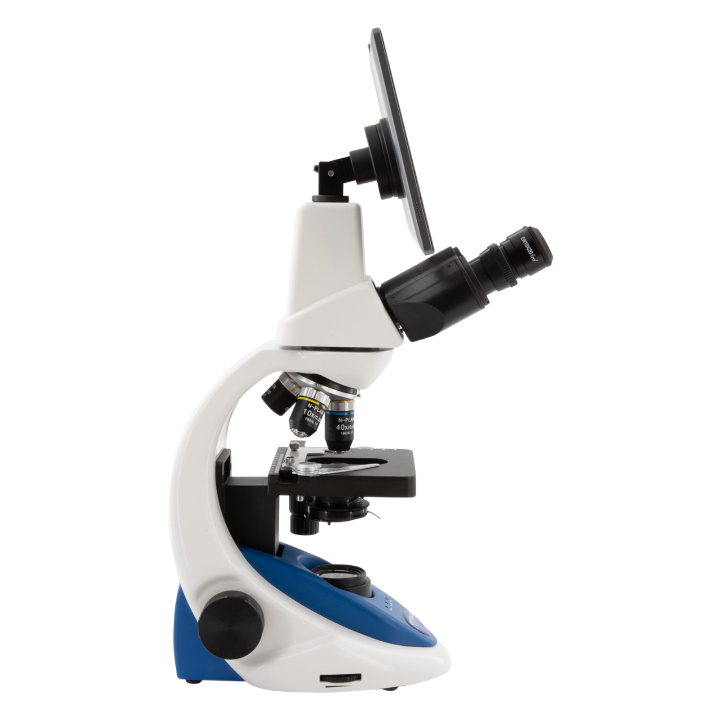Ecotao supplies Optika microscopes
Ecotao supplies compound, stereo and digital microscopes.
Stereo microscopes (dissecting microscopes)
Stereo microscopes are typically used for the following purposes:
Dissection: Stereo microscopes are often used in dissections to provide a three-dimensional view of the specimen. This is especially helpful when dissecting small or delicate specimens, such as insects or plants.
Quality control: Stereo microscopes are often used in quality control to inspect small parts or products. This is because they provide a magnified view of the surface of the specimen, which can be used to identify defects or inconsistencies.
Entomology: Stereo microscopes are often used in entomology to study insects. This is because they provide a magnified view of the insect’s body, which can be used to identify species and to study their anatomy.
Botany: Stereo microscopes are often used in botany to study plants. This is because they provide a magnified view of the plant’s leaves, flowers, and other structures, which can be used to identify species and to study their anatomy.
Gemology: Stereo microscopes are often used in gemology to inspect gemstones. This is because they provide a magnified view of the gemstone’s surface, which can be used to identify impurities and to assess its quality.
Watchmaking: Stereo microscopes are often used in watchmaking to inspect watch parts. This is because they provide a magnified view of the watch parts, which can be used to identify defects or to make repairs.
In addition to these common uses, stereo microscopes can also be used for a variety of other purposes, such as:
Art conservation: Stereo microscopes can be used to inspect artworks, such as paintings and sculptures, for damage.
Forensics: Stereo microscopes can be used to examine evidence, such as fingerprints and fibers.
Medicine: Stereo microscopes can be used to examine medical specimens, such as tissue samples and blood cells.
Stereo microscopes are a versatile tool that can be used for a variety of purposes. They are a valuable asset in many different fields, including science, medicine, and industry.
Compound microscopes
The microscope magnifications needed for parasitology, cytology, hematology, and sperm count/control are as follows:
Parasitology: 10x, 40x, and 100x magnifications are typically used for parasitology. The 10x magnification is used to locate the parasites, the 40x magnification is used to identify the parasites, and the 100x magnification is used to view the parasites in more detail.
Cytology: 10x, 40x, and 100x magnifications are also typically used for cytology. The 10x magnification is used to locate the cells, the 40x magnification is used to identify the cells, and the 100x magnification is used to view the cells in more detail.
Hematology: 10x, 40x, and 100x magnifications are also typically used for hematology. The 10x magnification is used to locate the blood cells, the 40x magnification is used to identify the blood cells, and the 100x magnification is used to view the blood cells in more detail.
Sperm count/control: 100x and 400x magnifications are typically used for sperm count/control. The 100x magnification is used to count the sperm and to assess their motility, and the 400x magnification is used to view the sperm in more detail and to assess their morphology.
It is important to note that these are just the typical magnifications that are used for these procedures. The specific magnifications that are needed may vary depending on the specific specimen and the purpose of the examination.
Digital microscopes
Digital microscopes project to a screen where useful tools like measurement and photography can be applied.
-

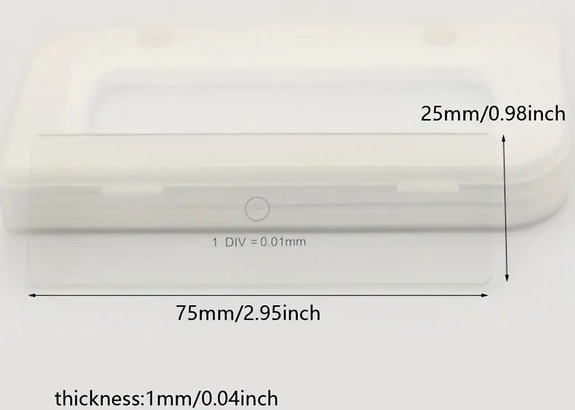 Add to cartQuick View
Add to cartQuick View -
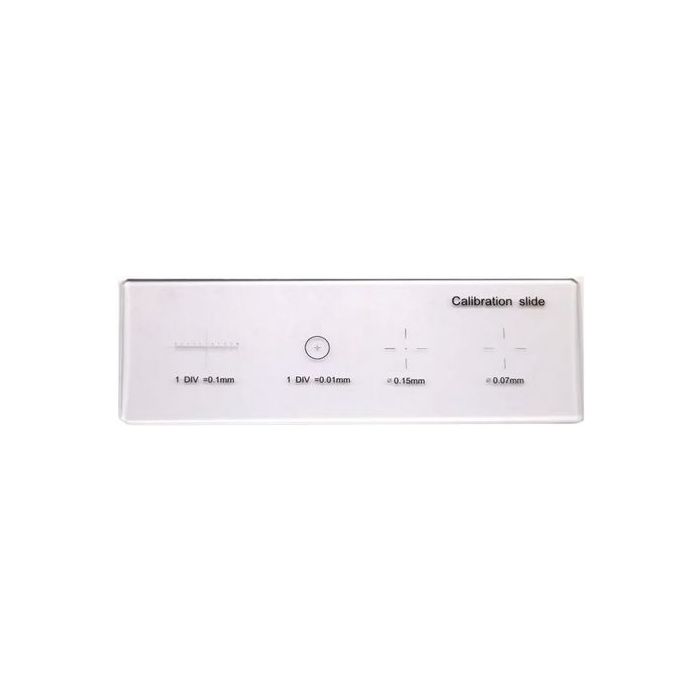
 Add to cartQuick View
Add to cartQuick View -
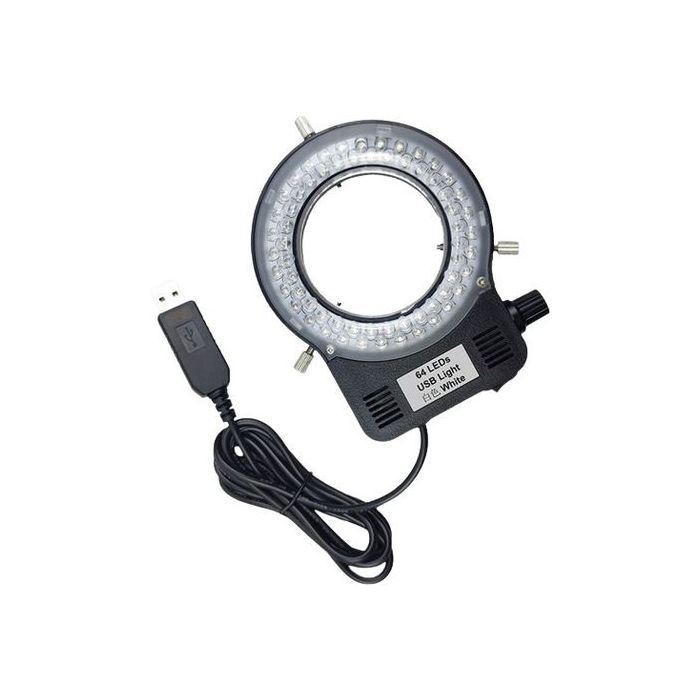
 Add to cartQuick View
Add to cartQuick View -

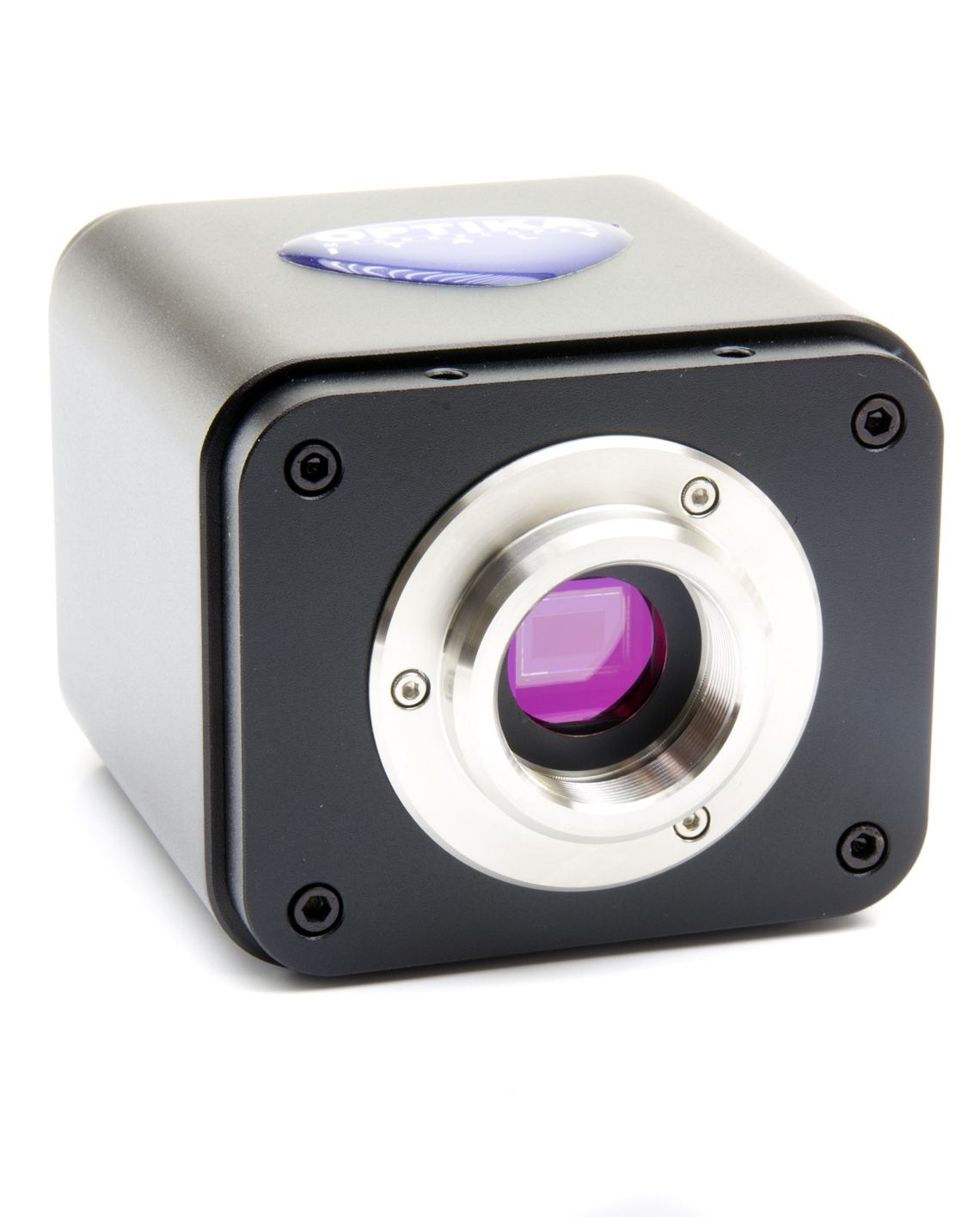 Add to cartQuick View
Add to cartQuick View -
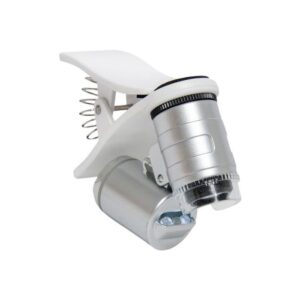 Add to cartQuick View
Add to cartQuick View -
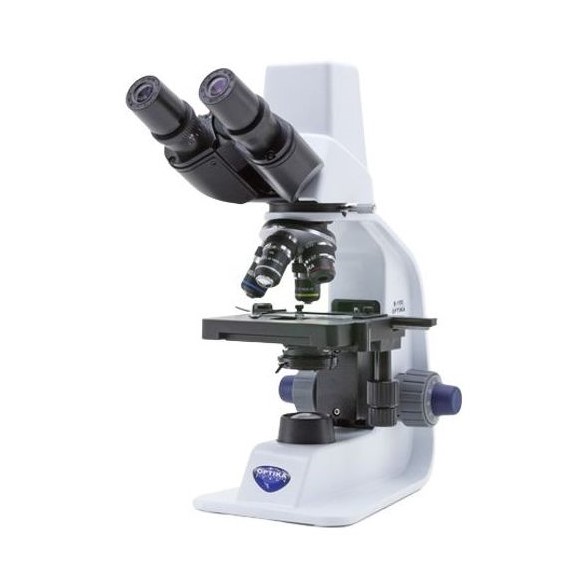 Add to cartQuick View
Add to cartQuick View -
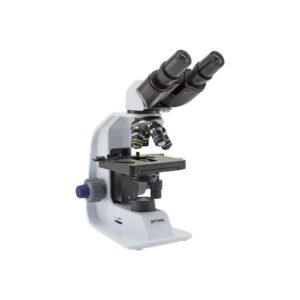 Add to cartQuick View
Add to cartQuick View -
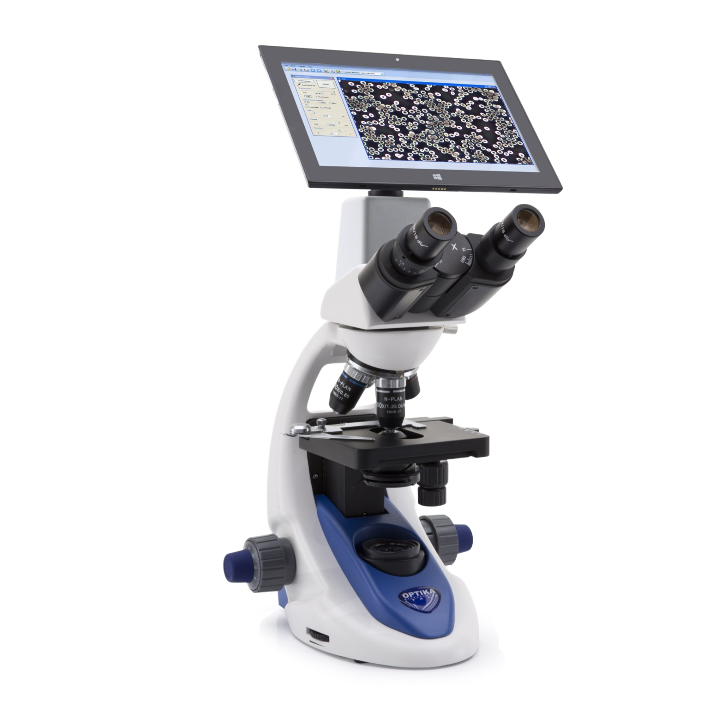 Add to cartQuick View
Add to cartQuick View -
 Add to cartQuick View
Add to cartQuick View -
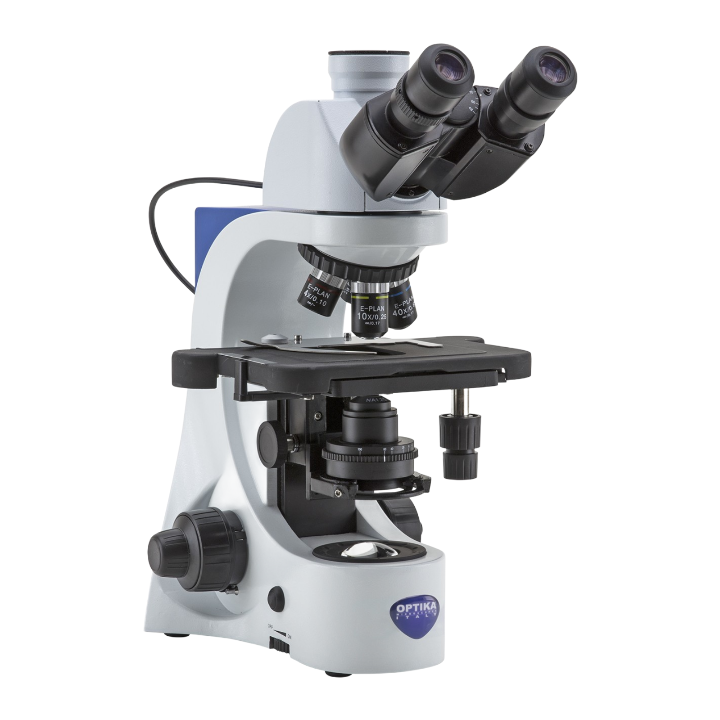 Add to cartQuick ViewMicroscopes, Optika 380 series microscope
Add to cartQuick ViewMicroscopes, Optika 380 series microscopeB-382PLi-ALC Brightfield Binocular Microscope
R28,900.00 Excl. VAT -
 Add to cartQuick View
Add to cartQuick View



